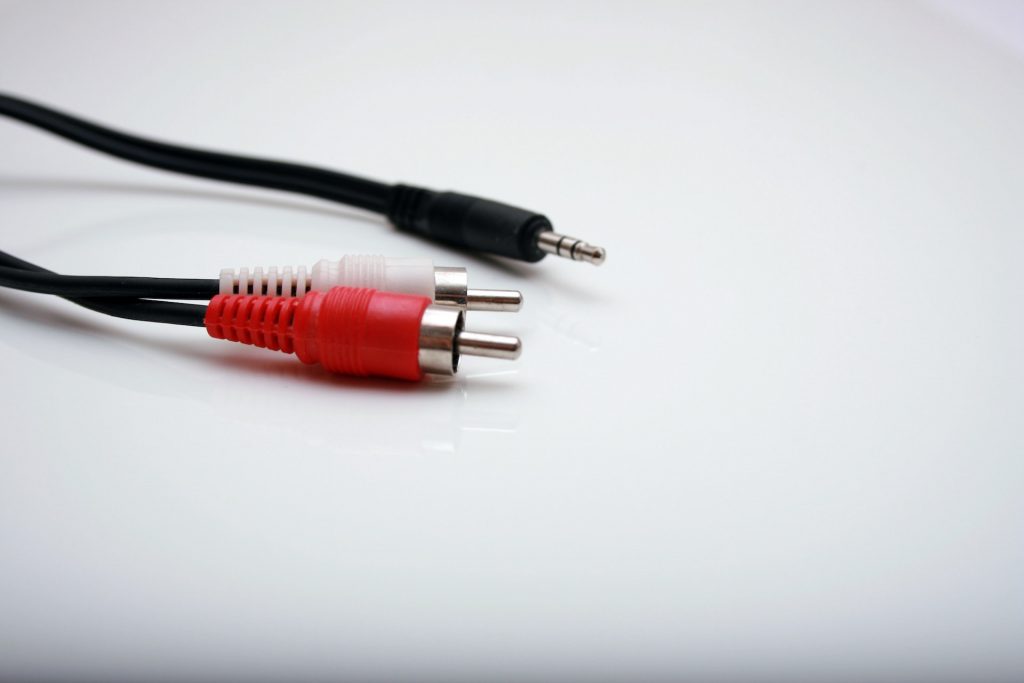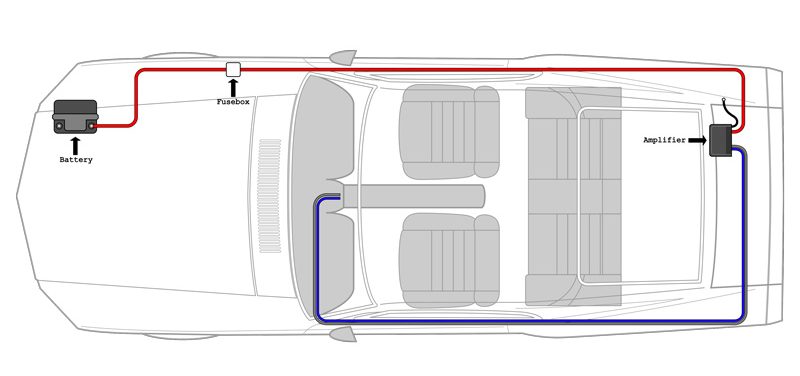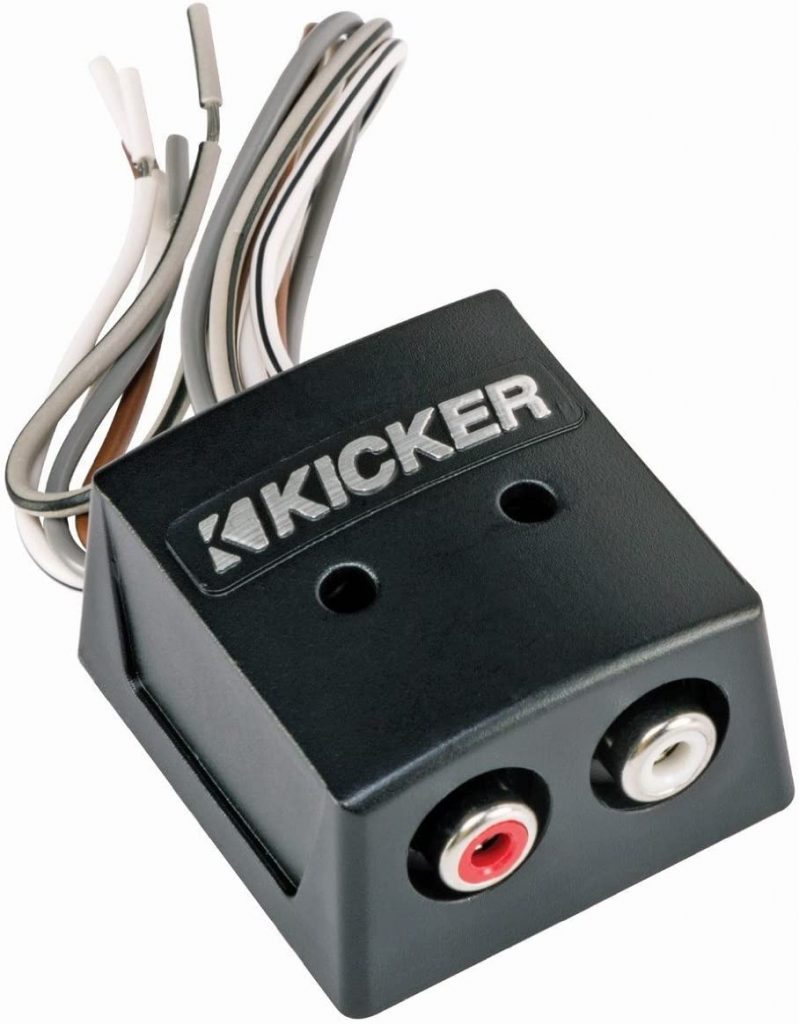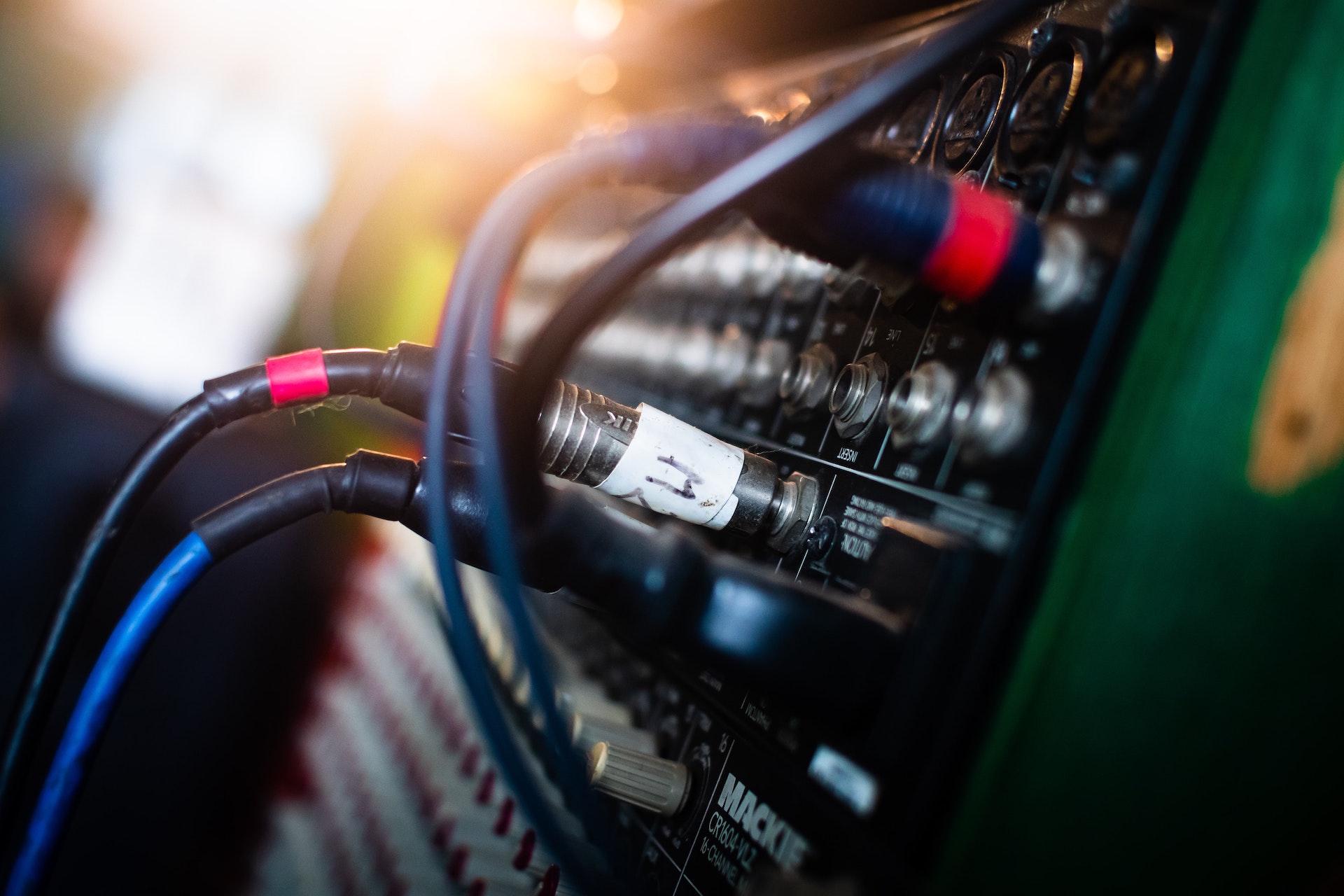Stereo and Speaker is reader-supported. When you buy through links on our site, we may earn an affiliate commission from Amazon at no added cost to you.
When you buy an amplifier for your car stereo system, the simple way to install it would be to use RCA cables, but if you do not have RCA cable, then there are other measures that you can take. It usually depends on the type of gear you are installing, the system’s overall goal, or the types of connectors available in the system itself. So here we are with a guide on how to hook up AMP without RCA jacks.
Using an amplifier’s RCA ports is probably the cleanest sounding connection from the system’s head unit to the amplifier itself; this is best for most middle to high-end audio systems styles. There are also situations when the head unit has no RCA outputs on the back. So, today we will be talking about some of the best ways to hook up an amp without RCA jacks.
There are three different ways one can install it without RCA jacks, and each one has its own set of advantages and difficulties. Today, we will tell you how to hook up an amp without RCA jacks.
The three methods to how to hook up amp without RCA jacks are:
- Speaker wire to RCA adapter
- High-level inputs on an amplifier
- Line output converters
What is an RCA jack?

An RCA wire or connector is a type of electrical connector used to carry audio and video signals. It was first manufactured in the 1930s by the Radio Corporation of America, and that is where it gets its name from. The connector’s male plug is known as the RCA plug, and the female one is known as the RCA jack.
In audio systems, we use the RCA jack, which is the red and the white wire. These RCA cables are used in your vehicle to connect the audio output of your audio inputs.
Speaker Wire to RCA adapter
Firstly, I would like to discuss how vital an outboard power amplifier is to a mobile audio system. People who have not experienced their car’s audio system go beyond the factory setup’s limits; the difference is enormous.
An amplifier’s high current system offers the dynamic range to the raw muscle that drives thumping woofers and subs in the trunk and under the seat. Amplifiers provide visceral horsepower required to take music to another level to bring music to life.
An amplifier can completely cut down on the background noise. This is to say nothing about how a good amp will overcome annoying road noises in many cars and trucks, which can be incredibly irritating if the vehicle’s windows are down and the car or truck is on the highway.
Many people in the car audio world fail to realize that a vehicle’s factory radio can be hooked up with an outboard amp – it just takes some effort, creativity, and knowledge of the necessary gears to hook it all up.
An amplifier can help you get the most out of your factory audio system, especially in larger vehicles like vans or full-size SUVs. It can be incredibly challenging to achieve a clean, powerful sound without taking a big chunk from your pocket.
Our first option is to use an adapter cable from speaker wires to the RCA plug.
If your amp can accept a high-level input on the RCA’s (see specifications for your amplifier), you can hook the adapter up to your car’s rear speaker wire harness and then plug it into your amp’s RCA cable input. This is the simplest and the easiest way to do it, but it is only possible if your amp accepts high-level information on the RCA.
The best adapters available are:
| Rockford Fosgate RFI2SW | |
| Kicker 46KISL |
- This high level speaker wire to RCA adaptor is an economic way to connect a factory OEM source unit to an amplifier.
- Male RCA jacks
- OFC (Oxygen Free Copper) for corrosion resistance
- Platinum plated ends for corrosion resistance
- Split center pin for secure connection
- KISL features 16ga speaker wire-to-RCAs and includes Female to Female adapters.
- Don’t have an aftermarket radio? KICKER amplifiers accept a wide range of factory speaker signal. Use the KISL to easily connect factory speaker wires right to your amplifier. No line out converter needed!
- 2-Channel Speaker Wire-to-RCA Converter
- K Series Interconnects feature split-pin RCAs with silver-tinned OFC wire for superior bass response and signal clarity
High-level Inputs on Amplifiers
The second option on the list of how to hook up amp without RCA jacks is high-level inputs on amplifiers, also known as speaker level inputs.
First, let us talk about what High-level input on a car amplifier is.
As these factory radios don’t have dedicated outputs for amplifiers, most outboard power amps come with high-level inputs, which allows you to tap into the factory speaker wires for a signal.
They’re known as high-level inputs because the voltage is significantly higher than that of a standard preamp output connection.
These inputs convert the high-voltage to a level the amplifier can handle adequately. Once connected, we get well-defined sound, with high-level inputs coming standard on a variety of two and four-channel amps, as well as mono (one channel) subwoofer amplifiers.
How to wire the High-level input on an Amplifier?

Implementing an amplifier using high-level inputs isn’t much different from the procedure used when wiring one with preamp outputs. Before you even attempt anything, it is always better to disconnect the negative terminal from your battery to protect yourself against a short circuit.
From your vehicle’s passenger cabin, you will bring the red power wire from your amp through your vehicle’s firewall into the battery and connect it to the fuse holder.
Mount the fuse holder and secure the head unit’s connections and battery; this process will yield your power. Now, you’ll also route your red and blue wires under door panels to your amplifier.
Now that your power is tapped and ready for the amp, it’s time to start receiving an actual audio signal. For each speaker or sub, you plan to hook up with an amp, strip a tiny part of your car’s color-coded left and right speaker wires, then attach the wires that lead to your amp to secure the connection.
If you are installing the amp in your car’s trunk, it’s a shorter path to the rear deck subwoofers or speakers, so reaching the amp shouldn’t be a big problem.
Driving Speakers in the front will require you to have wires under a door jamb or the floor carpeting to reach the speakers. Similarly, if you are mounting the amp under the front seat, the front speakers will be easier to reach than the rear ones.
Now, your audio system will be ready to blast off its high-quality music like never before.
Line Output Converters (LOC)
The third option to hook up your amplifier without RCA jacks is to form a line output converter. This device is handy when you do not want to get rid of any aspect of your factory stereo, and if you wish to add amplifiers and subwoofers, this is the perfect option.
What is a Line Out Converter?

LOC is an RCA adapter for stock radios that converts the high-voltage speaker signal to a preamp signal acceptable to a power amp. Inside a LOC, a transformer and a high-voltage resistor connect to your amp using a standard RCA patch cable. This device’s transformer should be grounded, with almost all line output converters coming with a wire for that purpose.
LOCs usually come with an adjustable gain feature. So the output feeding an amp can be tweaked to a certain level. (this is good for ensuring subwoofers aren’t overdriven when balancing an amp’s output trim levels).
Now, let us talk about what a Line output converter does.
As we said in the above section, a LOC converts the high-voltage signal to a preamp signal that a power amp can use. This is especially helpful when installing a two-channel or mono amplifier to an existing factory radio (or even some aftermarket systems).
Most LOCs have a four volts output and signal-sensing turn-on with the capability to drive a relay; some also have convenient remote-mountable volume controls for precise adjustment over subwoofer amplifier level from the driver’s seat.
The best Line Out Converters available are:
| Kicker KISLOC K-Series Line Out Converter | |
| MOTONG Line Output Converter |
- Compatible with OEM radios that have short circuit protection these units take as much as 55 watts of input and deliver up to 8 volts of output.
- This sonically neutral converter delivers outstanding sound quality in an incredibly small footprint.
- The KISLOC is the next level of line-out converters.
- Ultra small size, can be installed to anywhere you need like Allow be used for either car audio or in home applications.
- Speaker Output to RCA Converter has function of high to low, which can convert the high-voltage signal output by the amplifier/speaker to low-voltage signal which is suitable for music spectrum display.
- Allows the user to run an RCA cable to an amplifier with a radio that only has speaker wire outputs.
- Wide application: with this signal conditioner, you can install your music spectrum display directly to home car audio system and anywhere you want.
How to hook up a line-out converter with an amplifier?
Now we shall learn how to hook up a line-out converter with an amplifier.
- Firstly, you’ll need to find the leads connecting your vehicle’s factory-installed radio and amplifier to the speakers. These wires are usually just behind the head unit. Then you can strip away one inch of the wires’ insulation – from each wire – so that the right channel to the right and the left channel to the left speaker, respectively.
- In the next step, you need to solder the converter’s wires to the speaker wires. And then seal the connection with electrical tape or a heat shrink method. Make sure you have secured it to your vehicle at some attachment point before inserting RCA cables into it and attaching those to your amp.
- The final steps include balancing some levels so that everything sounds as clear as possible. This begins with adjusting your amplifier to a midway setting. And then turning on your stereo so that one can adjust the volume to their listening level.
- Slip the end of a small screwdriver into the amp’s adjustment detents. And adjust those gains until you sense distortion, then turn the gains down until it disappears.
- Finally, go to your head unit and turn the volume up to ensure the amplifier is emitting no distortion. If you hear any kind of distortion, adjust the gains on the converter and amp in response.
Either way, a simple line out the converter or an amp’s high-level input will get your system started pretty quickly, provided you’re willing to strip a few wires first.
Once you have finished the whole procedure, you can check your sound system. And you will see that the entire picture of your system has changed. You can now enjoy music in the best possible way.
Conclusion
This is how to hook up an amp without RCA jacks. If you lack an RCA jack, you do not need to worry. There are many other methods you can use to hook up your amp with your music system. You need to see what fits perfectly with your music system. Then follow the steps to complete the procedure, and then you can enjoy your music in the best possible quality. If you are not confident about doing it yourself, then you can call for a professional.
Amazon and the Amazon logo are trademarks of Amazon.com, Inc, or its affiliates.




